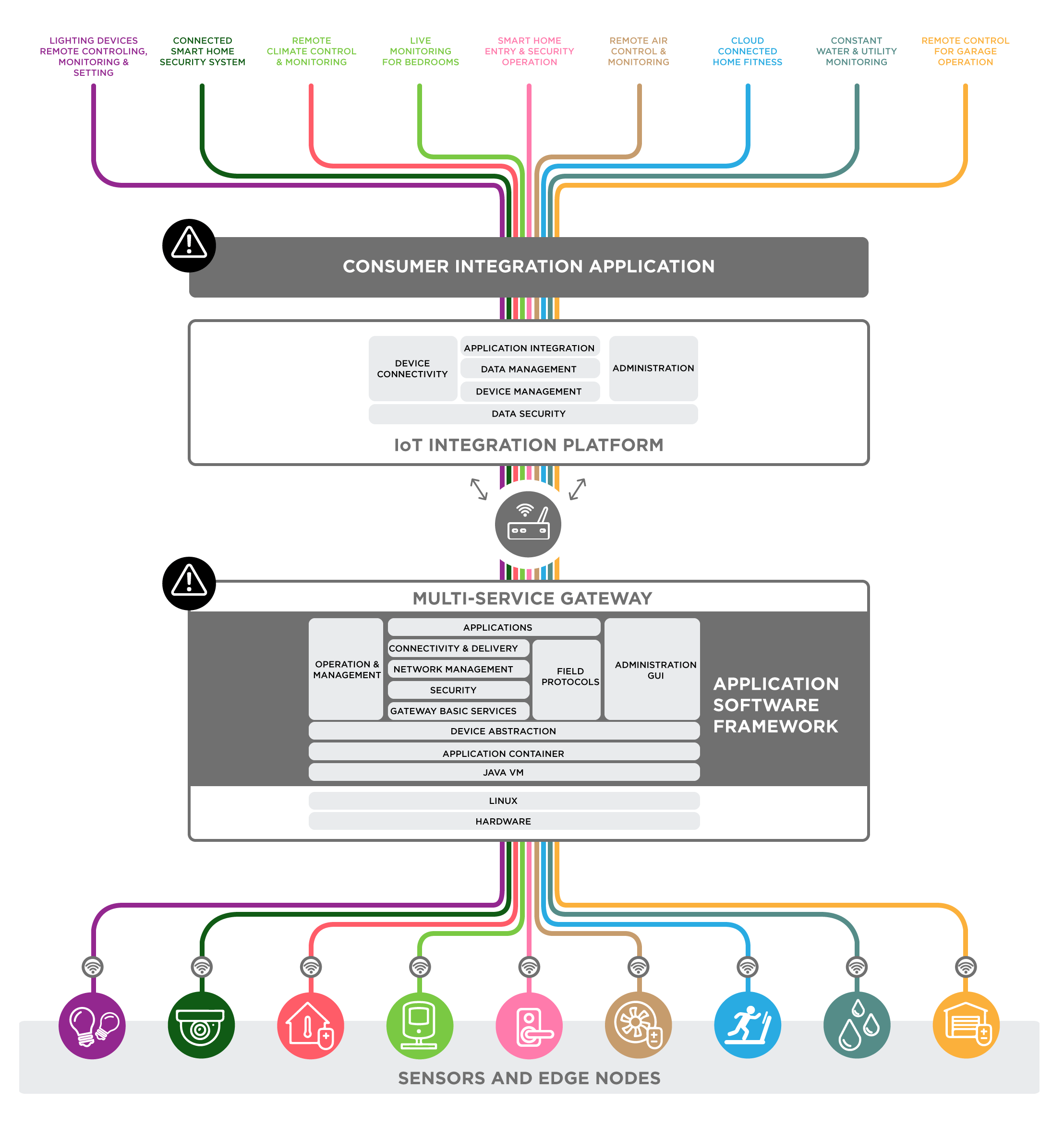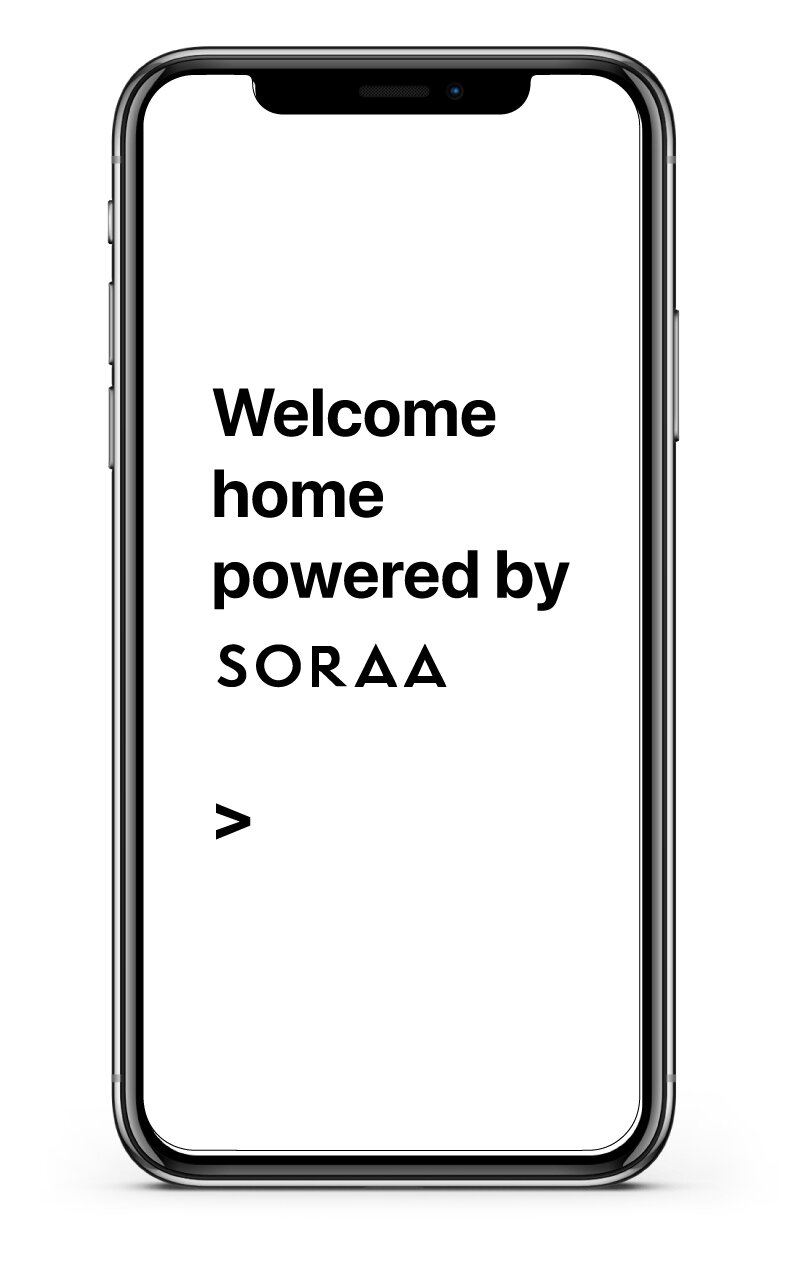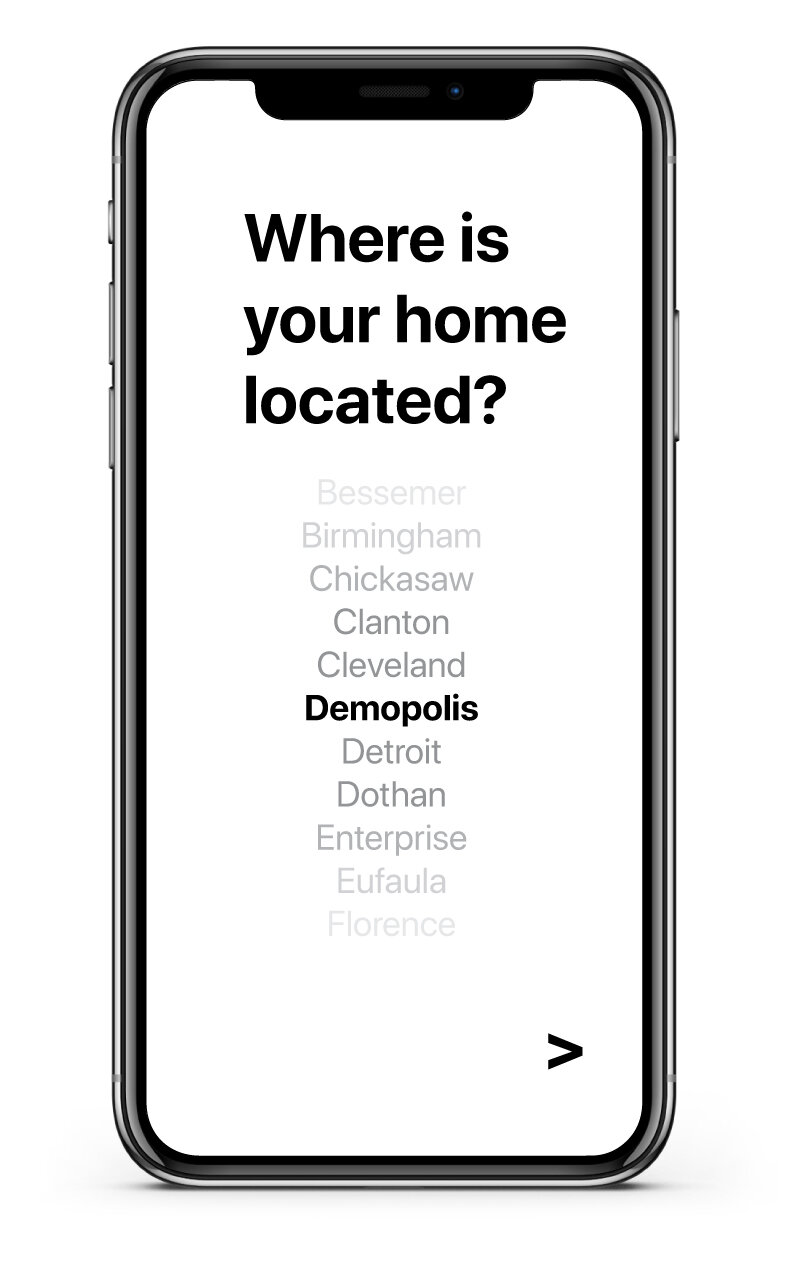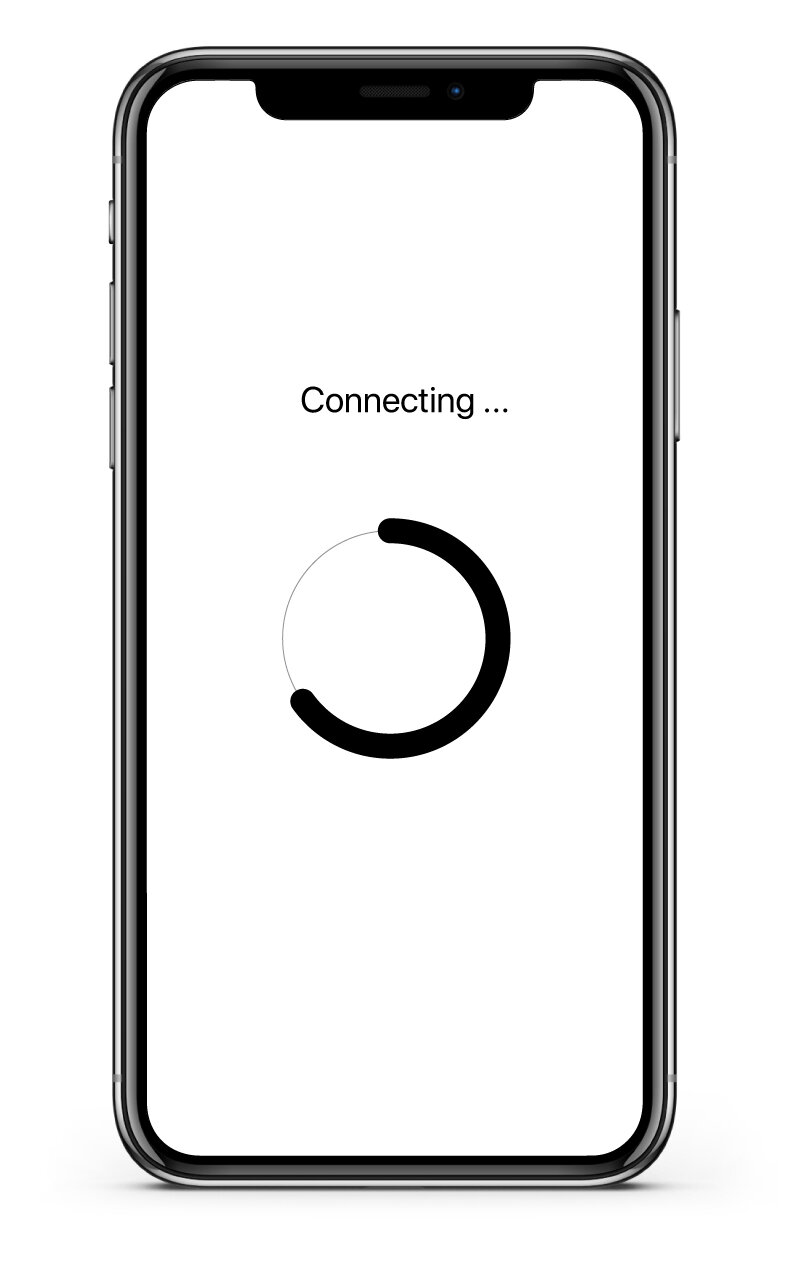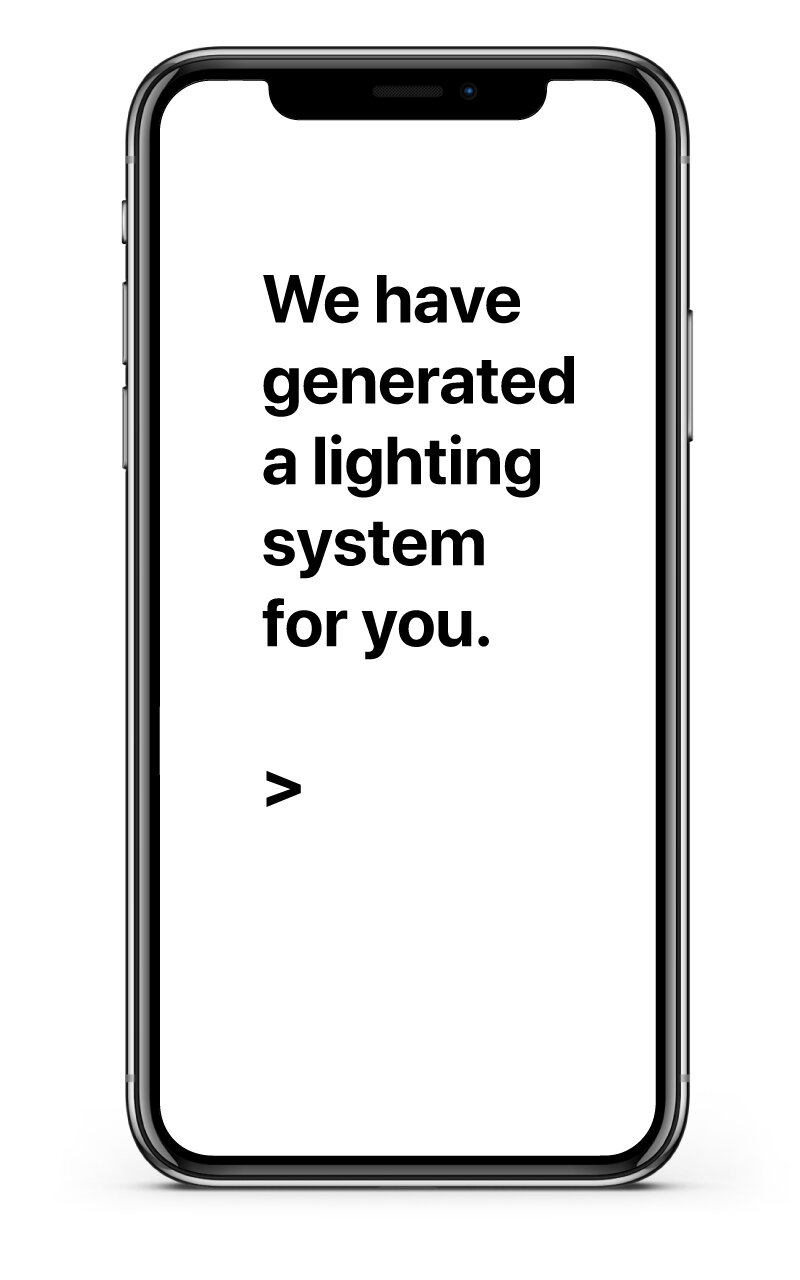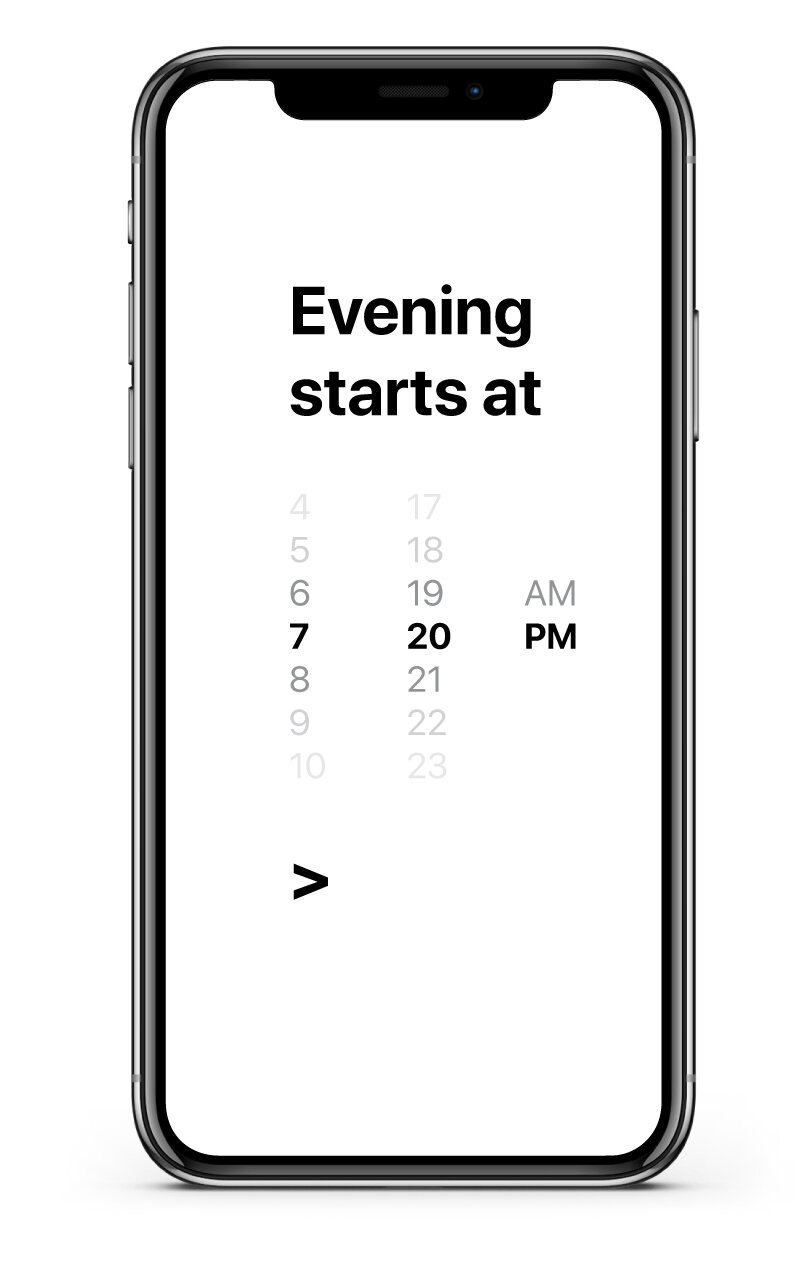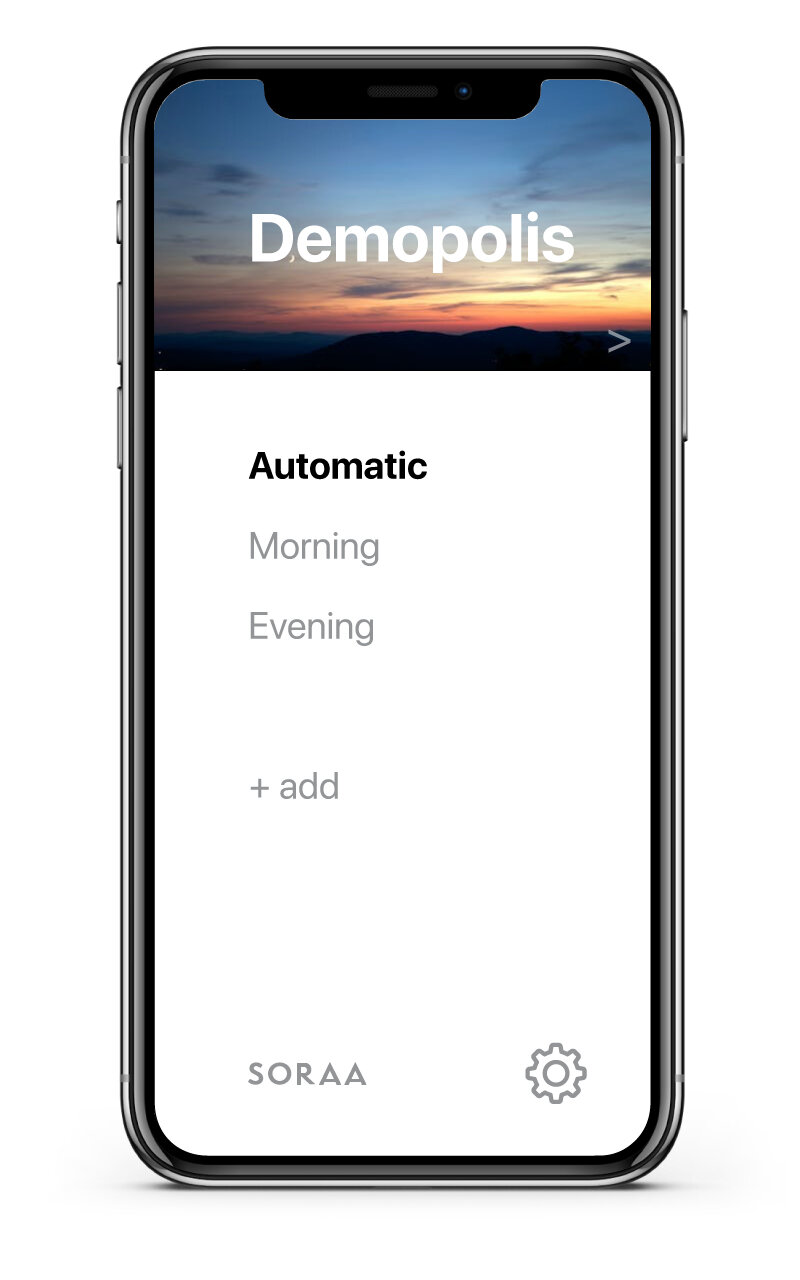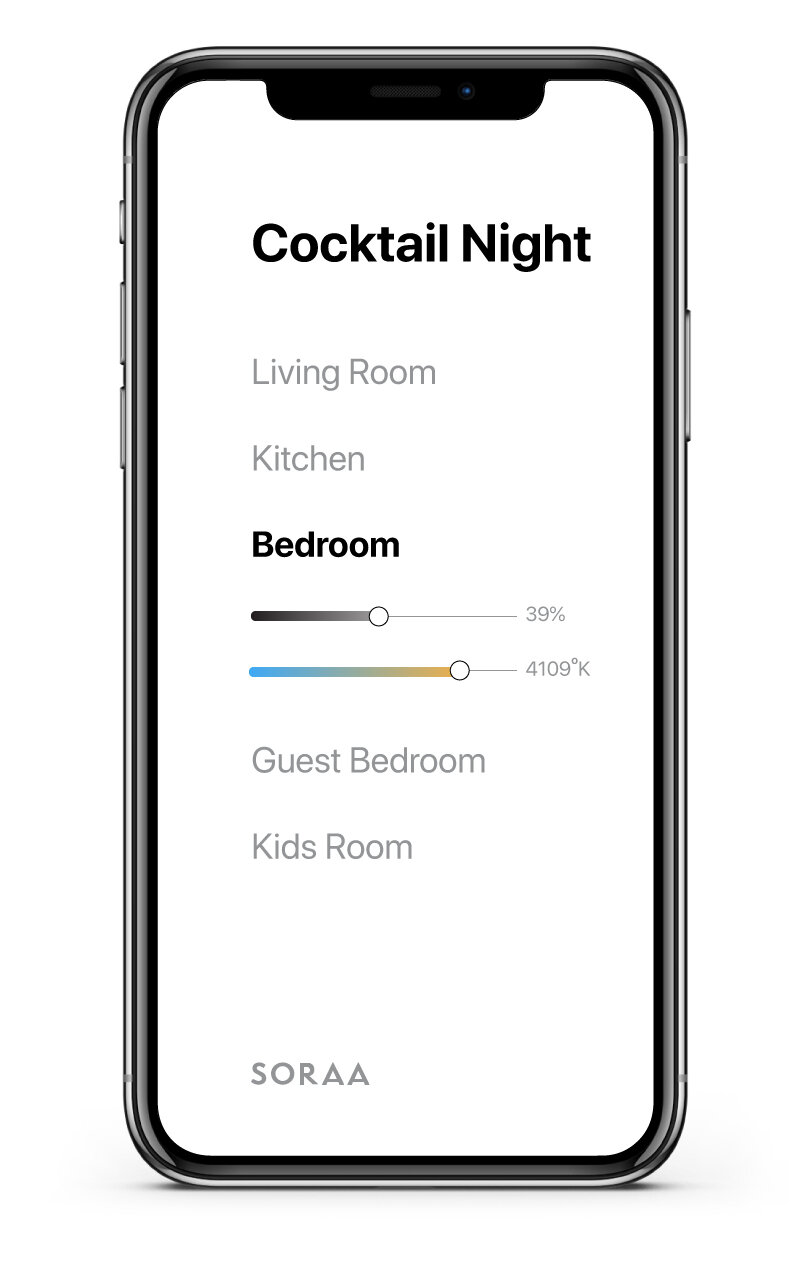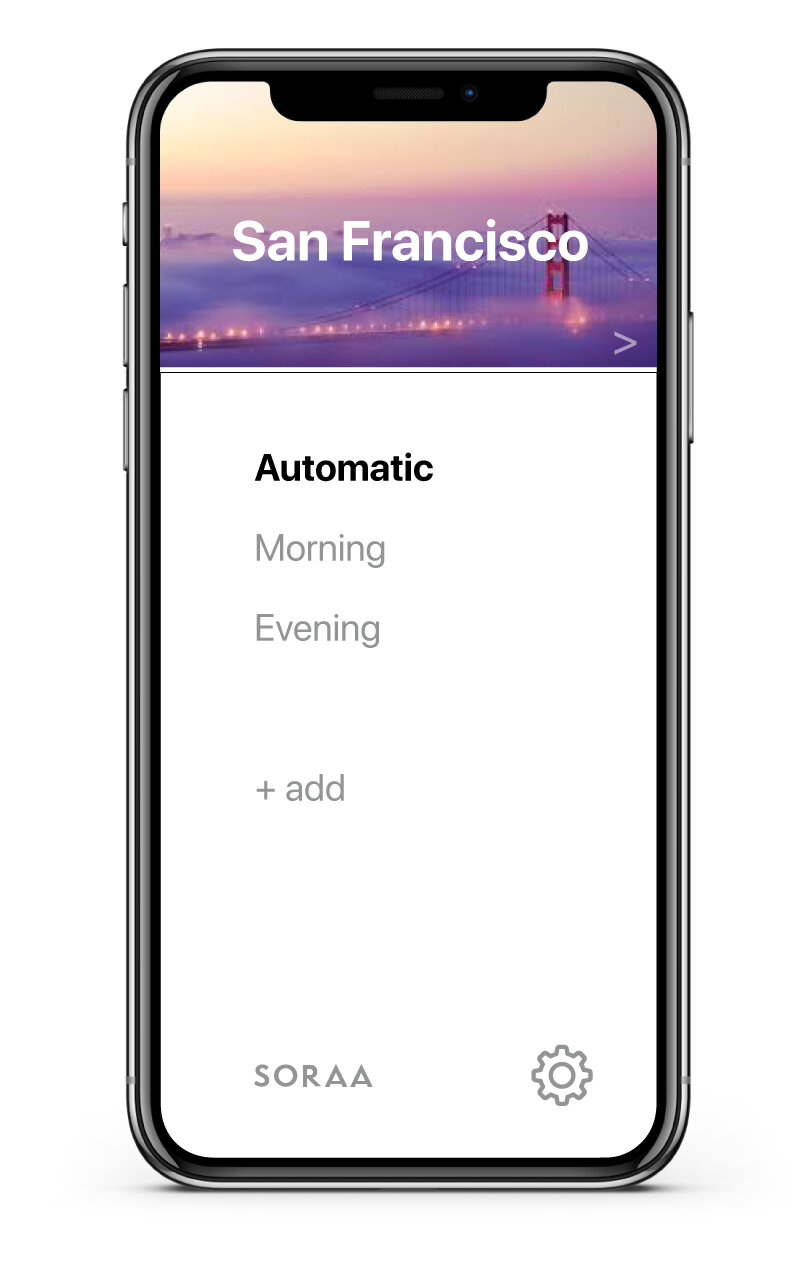Designing an invisible interface: Seamless connections.
client
SORAA
project
UX Research
PURPOSE
Personal Portfolio
―
Soraa’s smart light bulbs are designed to dynamically adjust spectral content to provide optimized lighting for our natural circadian rhythm, enabling a healthy, adaptive lighting experience. Past years, the company developed innovative sensors in the light bulbs that communicate with each other over existing electrical wires. As this new smart lighting system does not rely on WiFi or Bluetooth networks, it has proven to give a stable, robust, and secure connection through-out the entire existing built environment.
After undertaking a series of ethnographic user research, this rapid project proposed an “invisible interface” that enables seamless smart home experience for the new lighting system. How do we design user interactions without a physical interface?
Participants
Total 3 homes with 7 adults and 2 children participated in the research. We used ethnographic and semi-structured interviews to understand their home environments and the interactions occur within these spaces. Our focus was to discover each participant’s pain points, needs and requirements at home throughout different times a day.
Questions
How is home described and expressed by each participant?
What are the major pain points do they have with existing devices?
To what extend, do existing devices support different tasks and life styles that participants have?
How do participants experience their agency (control) over these devices?
Market
A number of reputable market reports (e.g. Mintel, IBIS World) were reviewed to understand the landscape and trends in smart home industry. We also made a several field trips across different demographic groups to identify gaps between the available services and user needs.
Deliverable
Our study at the three different home-environments explored the four research questions: (a) How do people describe home; (b) How do users interact with smart home and other personal digital products; (c) do these products fit into the users’ everyday lives; and (d) how do users experience their agency over these products.
Unlike our initial expectations, most users have complex yet routinized behaviours at home, but most importantly, a lot of the users in the study noted that any activities to control their home environment is seen to be an extension of “work.“ The key user expectation was passive control. Based on these findings, our team designed and proposed a seamless UI system that learns and works within the everyday behaviours of different users with various requirements and backgrounds. Whether in a shared space with family, friends or roommates, dwelling spaces are undergoing constant appropriation and resignification by users with various needs and contexts. Based on the findings, we decided to design a system that integrates into various versions of homes with little to no “work” (i.e. UI) required by the user.
“I just can’t keep up with these devices – like, I’m constantly working.”
– Participant from KED-05
Smart Home Devices Forecast by Category
Driving Factors for Purchasing Smart Home Devices
Problem Statement
Diverse user needs and behaviour
Lack of personalization
Lack of consistency
Demanding user attention
Inconvenient control system
Lack of integration to existing life structures
Key Principles.
Inclusive Design.
Home is not a single idea and is in a constant state of reconfiguration by different residents who share the same dwelling. The number of people living with a roommate has increased by 19 percent from 2007 to 2017. This increase is most significant among our key user group, 25-34-year-old individuals, which makes up about 37 percent of the total population living with a non-kin roommate.
Passive Control
Most of the current smart home devices available in the market are designed based on acceptance of antiquated interfaces and technological constraints which have created inefficient user interactions. As devices depend on other network gateways and cloud operations, users often experience inconsistency in the control system. Most users we observed often opt to compromise technological capacities for convenience.
Sanctuary Place
As work-life and public-private lines are becoming increasingly blurred, many individuals seek for more clear boundary delimitation. Invisibility and disconnection, in a metaphysical sense, is seen to be a luxury. Revenue growth for the personal care and wellness industry is expected to grow exponentially during the five years to 2022.




